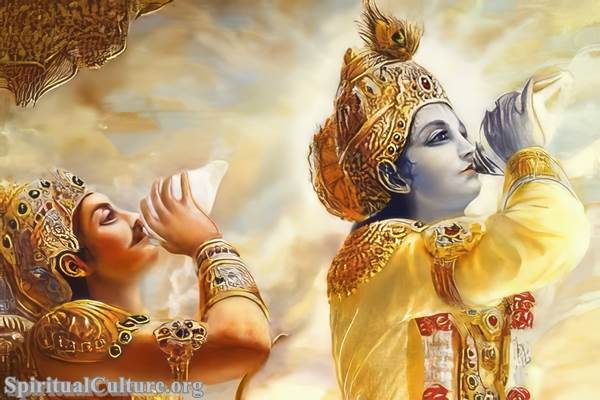To answer the question, “What is the symbolism of Hinduism?” Please read this article in its entirety.
The Om symbol in Hinduism
The Om symbol is known as the Aum symbol. It is a sacred syllable representing Hinduism’s divine energy and absolute reality.
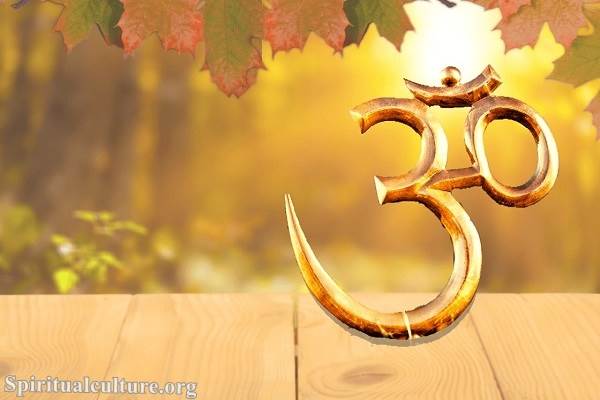
It is often inscribed on altars, worn as a pendant or other piece of jewelry, or displayed in other ways as a symbol of faith.
The Aum symbol is believed to represent the three states of consciousness in Hinduism: wakefulness, dreaming, and deep sleep. The symbol is composed of three Sanskrit letters: A, U, and M, which represent the beginning, middle, and end of all things. The Aum symbol is often chanted as a mantra during meditation and is believed to have a calming and purifying effect on the mind and body.
The lotus flower in Hinduism
The lotus is a very important symbol in Hinduism and has several different meanings. It is often associated with the divine and is used as an allegory for spiritual enlightenment.
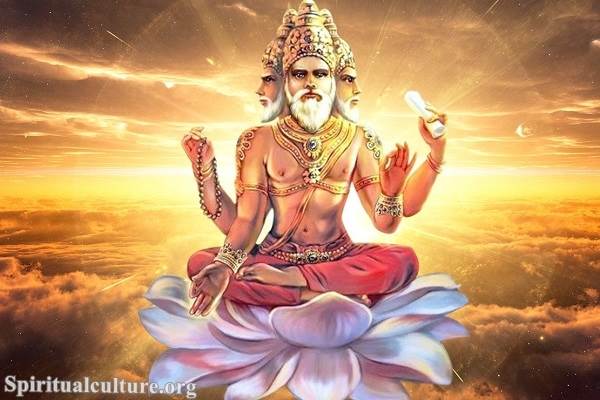
In Hinduism, the lotus is seen as a symbol of purity, spiritual awakening, and the universe itself. It is often depicted in art and literature as a beautiful flower that grows out of the muddy and dirty waters of the world, representing the idea that one can rise above the chaos and confusion of the world to reach a state of enlightenment.
The lotus is associated with the Hindu god Vishnu and is often depicted as his seat or throne in art and literature.
The Swastika in Hinduism
The Swastika is an ancient symbol that many cultures throughout history have used. In Hinduism, the Swastika is a sacred symbol that represents good fortune and well-being. It is often used in Hindu ceremonies and can be found in Hindu temples, puja altars, and other sacred objects.
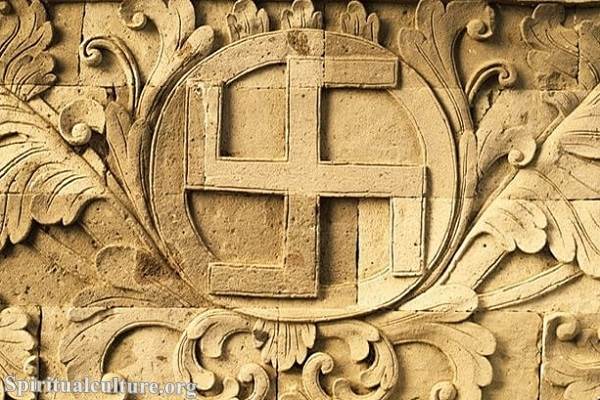
The Swastika is also used as a decorative element in many Hindu homes and is sometimes drawn on the floor using rice flour or sand as a part of puja rituals. Despite its association with Hinduism, the Swastika has also been used by other cultures, including the ancient Greeks, the Celts, and the Native American Hopi tribe.
In the 20th century, the Swastika was appropriated by the Nazi party in Germany and has since become associated with hatred and bigotry. It is important to note that the Swastika has a long and complex history and that its meaning can vary depending on the context in which it is used.
The Trishula (a trident) in Hinduism
The Trishula is a Hindu symbol depicted as a three-pronged spear or trident. It is often associated with the Hindu deity Shiva, who is depicted carrying a Trishula as one of his primary attributes.
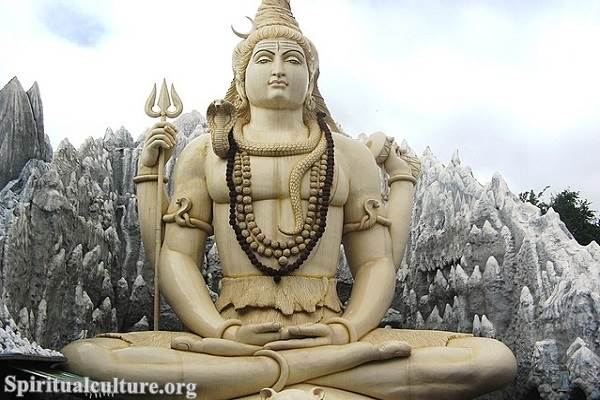
The Trishula represents various triads, such as the three Gunas (qualities) in Hindu philosophy or the three worlds of Hindu cosmology. It is also sometimes associated with the three powers of creation, maintenance, and destruction.
In Hindu art and iconography, the Trishula is often depicted as a weapon Shiva uses to destroy ignorance and evil.
The conch shell in Hinduism
The conch shell is an important and sacred symbol in Hinduism. It is often depicted as being held by the god Vishnu and is blown as a ritual instrument during ceremonies and puja (worship). The conch is also a popular object of veneration on its own and is sometimes worshipped as a symbol of the divine.
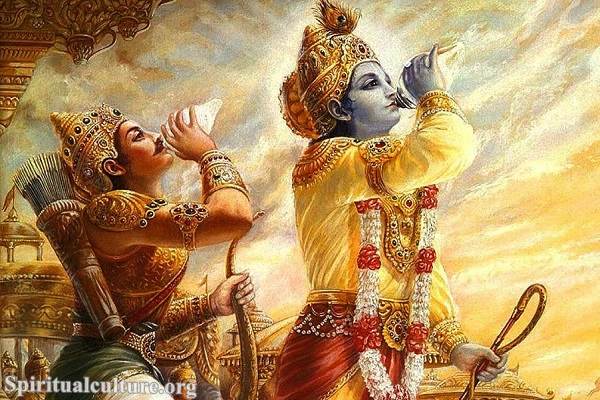
In Hindu mythology, the conch is believed to have special powers and is associated with the god Shiva. It is also said to represent the primal sound of the universe and the eternal nature of the universe.
The Lingam in Hinduism
The Lingam is a symbol that is considered sacred in Hinduism and represents the god Shiva. It is often depicted as a cylindrical stone or a pillar with a rounded top and is sometimes referred to as the “phallus of Shiva.”
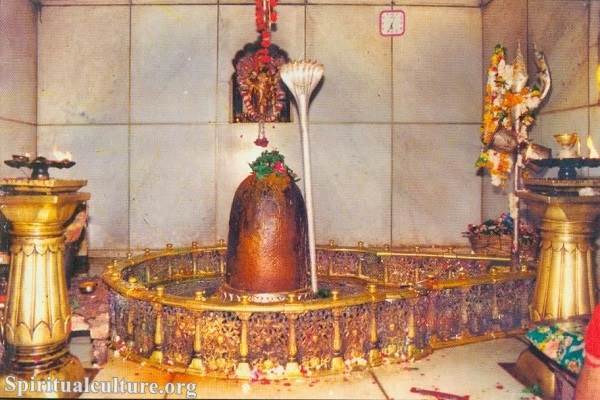
The Lingam is worshipped in temples and is believed to represent the energy and power of Shiva and the eternal nature of the universe. Worshippers offer flowers, incense, and other offerings to the Lingam as a sign of devotion and respect.
In Hindu tradition, the Lingam is seen as a symbol of the divine masculine and is often paired with the yoni, which represents the divine feminine. Together, the Lingam and yoni symbolize the union of masculine and feminine energies and the creation and perpetuation of life.
The Yoni in Hinduism
In Hinduism, the Yoni symbolizes the female reproductive organs and is considered a symbol of creative energy and the source of all life. It is often depicted as a triangular symbol or a lingam-yoni, representing the union of male and female principles.

The Yoni is often associated with the goddess Shakti, the personification of divine feminine energy, and is worshipped in various forms and rituals throughout Hinduism.
In some Hindu traditions, the Yoni is also seen as a symbol of fertility and is revered as a representation of nature’s eternal, life-giving powers.

